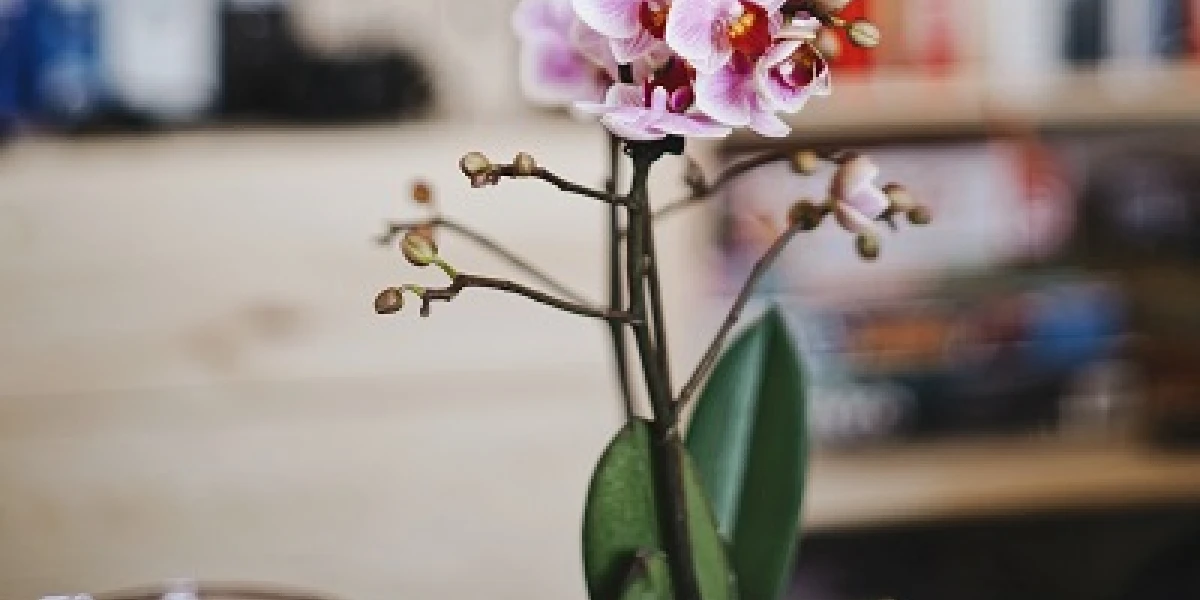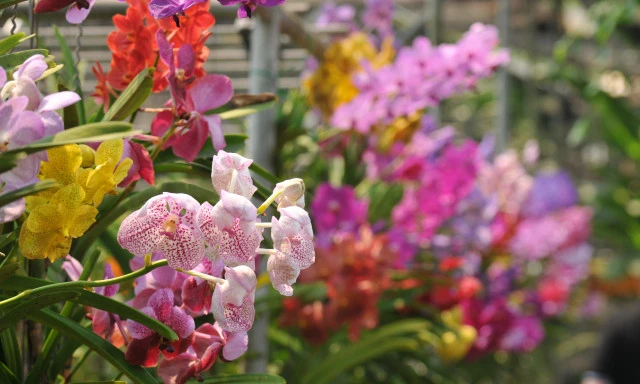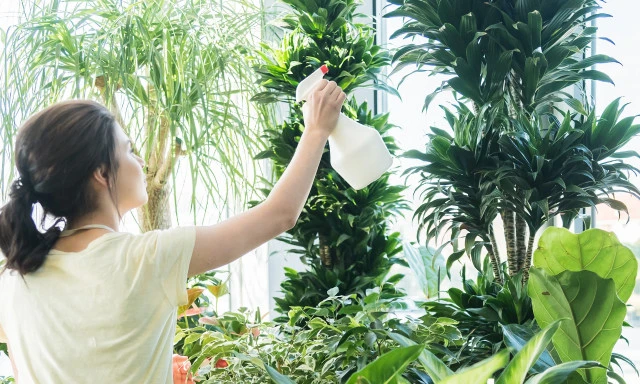Orchids, like other houseplants, occasionally need to be re-potted.
First it is important to identify what sort of orchid you have. There are two types of orchid commonly grown as houseplants: monopodial orchids and sympodial orchids. Monopodial orchids grow in height with each new leaf above the previous leaf, they include the Phalaenopsis moth orchids; sympodial orchids spread horizontally from rhizomes (like Cattleya).
When to Re-Pot?
Do not re-pot orchids that are in bloom; they will lose their flowers. Wait until they have finished blooming and new growth appears.
Phalaenopsis orchids should be re-potted when the lower leaves start to die so the stem becomes long and weak. Also, re-pot if the media is the bark type and has decomposed and is no longer firm chips.
Sympodial orchids that have "crawled out of their pot" and are growing out in mid-air require re-potting and/or dividing. Wait until there is new root growth appearing.
Re-Potting
Phalaenopsis Moth Orchids (and other Monopodial Orchids)
- Clean cutting implements with meths or dilute bleach.
- Carefully remove the orchid from its pot and gently shake off the old potting media.
- Cut off any dying roots and soak the healthy roots for 10 minutes in water with Gro-Sure Orchid Pump'n'Feed.
- See here for advice on re-potting orchids with crown/root rot.
- Let them all drain after soaking.
- Place the healthy roots in the new clean pot. New pots should be only 1 or 2 sizes larger than the old pot and have a drainage hole.
- Add the new moth orchid potting media up to 1 cm from the rim of the pot.
- Staking may be necessary for tall or unstable orchids.
- Clean cutting implements with meths or dilute bleach after use.
- See more on the care if orchids.
Calanthe or Cattleya Orchids (and other Sympodial Orchids)
- Moisten the orchids potting media, this makes it easier to remove the orchid.
- Clean implements with meths or dilute bleach.
- Remove the orchid from its old pot. If the orchid resists removal it may be necessary to run a knife around the inside surface of the pot to loosen roots.
- If the media around the roots is decomposed, carefully remove as much as possible without damaging the roots.
- Should you wish to, you can split the orchid at this point to grow two or more orchids from the one.
- Place the healthy roots in the new clean pot. New pots should be only 1 or 2 sizes larger than the old pot and have a drainage hole.
- Place the orchid so that the distance between the plant and pot edge is larger on the side where new growth is most likely to occur.
- Add moistened new sympodial orchid potting media up to 1 cm from the rim of the pot. The media should then be applied until is rises to the level of the rhizome.
- Water and feed with Gro-Sure Orchid Pump'n'Feed.
- Staking may be necessary for top heavy orchids.
- Clean cutting implements with meths or dilute bleach after use.
- See more on the care if orchids.
Come back soon for more on orchid media and splitting sympodial orchids.
David Brittain
Kiwicare


